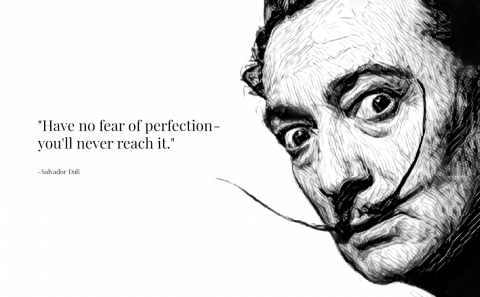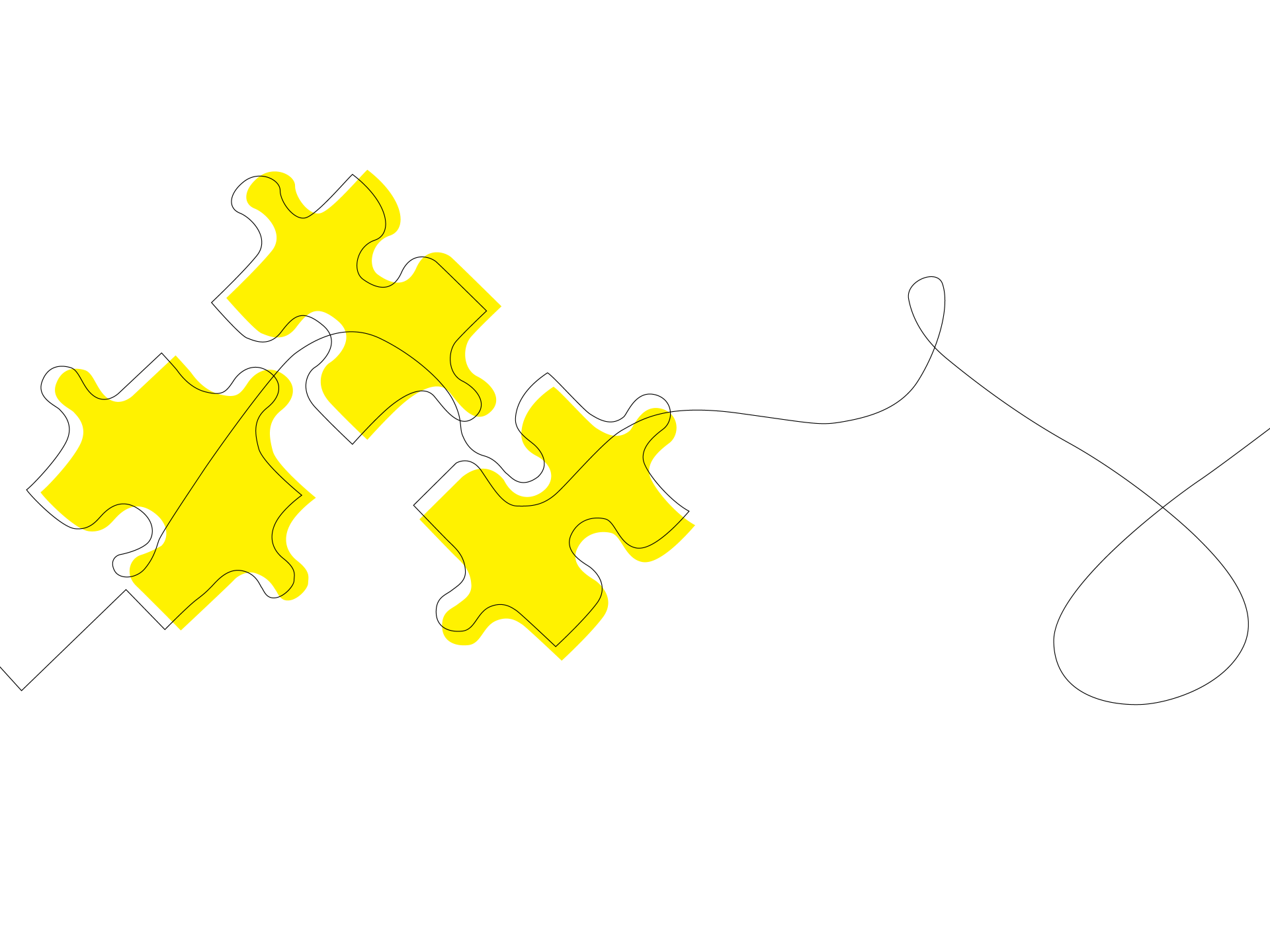Only an open mind can lead to innovation by design.
“Not again!” my brothers yelled whenever I dismantled their beloved cars. Well. Obviously, the toy wasn’t the same as initially, but haven’t you noticed that I disassembled it and tweaked it into a better version? My unique brain wiring helped me create impactful designs but is also a cause of unnecessary workload, pushing client boundaries, and strained relationships.
What can creatives do to reconcile the commercial expectations of time, quality, and cost?
With almost two decades in the creative field, I sometimes find it challenging to reconcile my expectations with those who consume my work. My journey from a newbie designer to a seasoned designpreneur has taught me these tips for ensuring our firms have the resources to stay afloat and keep our sanity intact.
1. Embrace perfection is not a final state
In my early years as a visual designer, I often missed or delayed deadlines because I was so focused on perfecting the craft of the work (ads, websites, or television commercials) for the consumer. The same holds true for my personal projects; many of them never see the light of day because they aren’t “stellar” enough to be appreciated by others.
Challenges and obstacles are inevitable in the creative process. Maybe you don’t have the right color or can’t find the exact words, or the instrument sounds different. But perfection shouldn’t prevent greatness.
It is OK to strive for perfection, but perfection should not be defined as greatness.
Pursuing perfection motivates us. It keeps us on our toes, but it is unfair to us and our audience. Imagine what would happen if we didn’t complete a piece of work because we thought we couldn’t. What then? Nothing drastic. Ideas would wither away. Our fans, followers, and loved ones can’t hear our songs, watch our videos, or read our stories since they don’t exist.
Design thinking changed my perception of perfection. Through the diverge and converge process, we can uncover user insight, validate initial concepts, and seek feedback for refinement. As a result, the design is gradually refined. One may struggle to envision the end result of this process at the beginning. Nevertheless, we must trust the process, let go of our assumptions, and the next version will be better.
Remember, perfection is not a destination but a constant process. We are only as good as our subsequent work.

“Have no fear of perfection — you’ll never reach it” — Salvador Dali
2. Adopt an effectual reasoning mindset
In general, problem-solving involves causal reasoning and effectual reasoning. Let’s start with the former. Defining an objective is the first step, then the means to achieve it. You know the saying, “If I could predict the future, I could control it”? Entrepreneurs use trends, patterns, or insights as “strategies” to reach their grand vision. That’s all well and good until COVID-19 arrives. Many businesses have been knocked flat, and all those plans have been blown away.
In contrast to causal reasoning, effectual reasoning assumes the future is fundamentally unpredictable yet can be controlled by our own actions. With effectual reasoning, one starts with a set of means; goals emerge in the process of deploying them.
The video above shows how the entrepreneur navigates through a VUCA environment (volatile, uncertain, complex, and ambiguous) and increases their chances of survival. Designpreneurs are constantly leveraging their strengths and resources to develop goals on-the-fly, creatively adapting to changes in the environment. Initially, I intended to start a communications design service outfit, but it evolved into a strategic design advisory when people with different design backgrounds came together to address diverse problems. Was that my original intent? Certainly not. Would that be my ultimate goal? Unlikely, perhaps Common will become a design SaaS firm one day.
Adopt an aglie mindset and try a brand-new goal whenever things don’t go as planned. To extend your runway, think creatively and less preciously about your idealistic vision. Do the doable first, then push it.
3. Look for diversity
Recently, the Singapore Design Council asked me what makes my team unique. They were surprised to find that we have designers with various backgrounds, such as graphic design, spatial design, technology design, and business design. Aside from the initial “oh” response, they were perplexed about how we could accomplish our goals using only one expert and not a team. In the past, it might have been necessary to have a couple of experts in a specific area to get optimal results. As systems and the world become increasingly interconnected, today’s designers’ design problems are no longer as singular as they once were.
Designers need a wide range of skills to solve complex problems today. If you are looking for a unicorn, who understands complex business models and intricate manufacturing details. You will probably be disappointed. But if you get designers from different disciplines to work together, you can unlock transdisciplinary design, a new superpower for your studio.
Designers are capable of so much more than we think, but only if we create an environment that encourages their development. That’s why collaborating with others can be helpful. Communication designers can learn how to compartmentalize space on a poster, and spatial designers can teach communication designers how to make a memorable pitch proposal.
Design professionals with imposter syndrome should embrace diversity even more. Through collaboration with specialists, one can absorb vast amounts of knowledge, thereby broadening our design strategy. Several occasions have occurred when designers on my team suffering from imposter syndrome have brought forth solutions they had never imagined possible. Though individual effort plays a role, other designers’ perspectives, expertise, and experience empower them to overcome the imposter within. In the end, I’m grateful I took the leap of faith to form a transdisciplinary design team; it wasn’t easy at first, but it was well worth it.
Creative people can be blessed and cursed at the same time. In our pursuit of stellar work, we often neglect our own and others’ needs. To provide meaning to others, not for self-gratification.
Here are some resources that helped me on my designpreneurship journey for all you brave designers out there considering venturing out on your own:
Training Programmes:
Business Design:
Tools:
